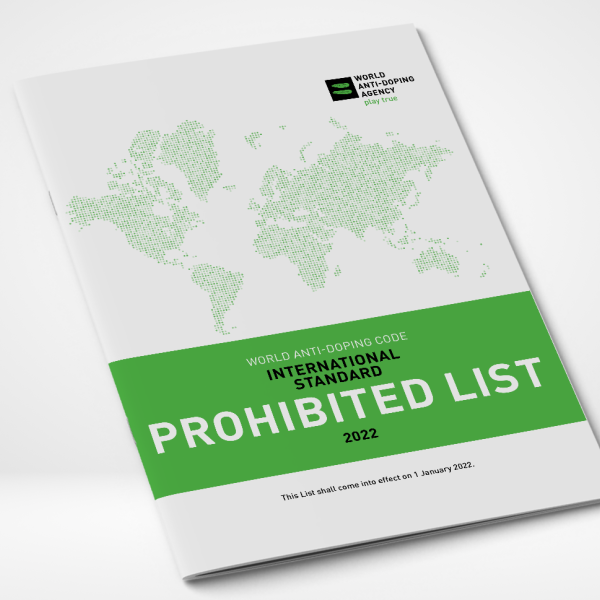Releases
WADA publishes 2019 Testing Figures Report

Report Highlights
- A 5.5% increase in the overall number of samples analyzed: 263,519 in 2018 to 278,047 in 2019.
- A slight decrease in the total percentage of Adverse Analytical Findings (AAFs): 1.05% in 2018 (2,774 AAFs from 263,519 samples) to 0.97% in 2019 (2,702 AAFs from 278,047 samples).
- About 60% of WADA-accredited Laboratories saw an increase in the total number of samples recorded.
- An almost similar total number and percentage of non-Athlete Biological Passport (ABP) blood samples analyzed: 9.3% in 2018 (24,495 of 263,519) and 9.1% in 2019 (25,339 of 278,047).
- An increase of 16% in the number of ABP blood samples tested: 31,265 in 2018 to 36,401 in 2019.
- An increase in AAFs reported for Erythropoiesis Stimulating Agents (ESAs), Growth Hormone (GH) and Growth Hormone Releasing Factors (GHRFs).
The World Anti-Doping Agency (WADA) today published its 2019 Testing Figures Report (2019 Report), which summarizes the results of all the samples WADA-accredited Laboratories analyzed and reported in WADA’s Anti-Doping Administration and Management System (ADAMS) in 2019.
This is the fifth set of global testing figures under the version of the World Anti-Doping Code (Code) that came into effect in January 2015. The 2019 Report – which includes an Executive Summary and sub-reports by Laboratory, Sport, Testing Authority and Athlete Biological Passport (ABP) Blood Analysis – includes in- and out-of-competition urine samples; blood and ABP blood data; and, the resulting AAFs and Atypical Findings (ATFs).
WADA Director General Olivier Niggli said: “WADA’s Annual Testing Figures Report is a key tool for information sharing between Anti-Doping Organizations. It provides the anti-doping community with a wealth of data allowing them to assess their anti-doping strategies and identify potential patterns of doping or areas of improvement.
“The 2019 Report, which encompasses all doping control samples analyzed and reported by WADA-accredited and -approved Laboratories around the world in 2019, also contains enhanced data on gender and Regional Anti-Doping Organization testing following stakeholder questions on these areas. Anti-Doping Organizations will be able to use this comprehensive Report, and the valuable intelligence contained within it, to adapt their anti-doping programs and ensure that their programs are as intelligent as possible and rooted in solid data.”
To help with the interpretation of the 2019 Report, we provide a comprehensive Question and Answer document. Of particular importance, please note that:
- One single result does not necessarily correspond to one athlete. Results may correspond to multiple findings regarding the same athlete or measurements performed on the same athlete, such as in the case of longitudinal studies of testosterone.
- The number of AAFs in the Report may not correspond with the number of Anti-Doping Rule Violations (ADRVs) reported by Anti-Doping Organizations (ADOs). This is because all results are subject to a results management process conducted by ADOs, which includes matching results with Therapeutic Use Exemptions (TUEs), and longitudinal studies which can result in no case to answer or no sanction.
- As usual, this Report does not illustrate statistics on ADRVs, which are reported via a separate ADRV Report – the 2018 version of which was released earlier in December 2020. The ADRV Report reveals analytical and non-analytical cases and the outcomes of results management, which is a process that can take a long time given that it may include investigations, appeals and other processes.

